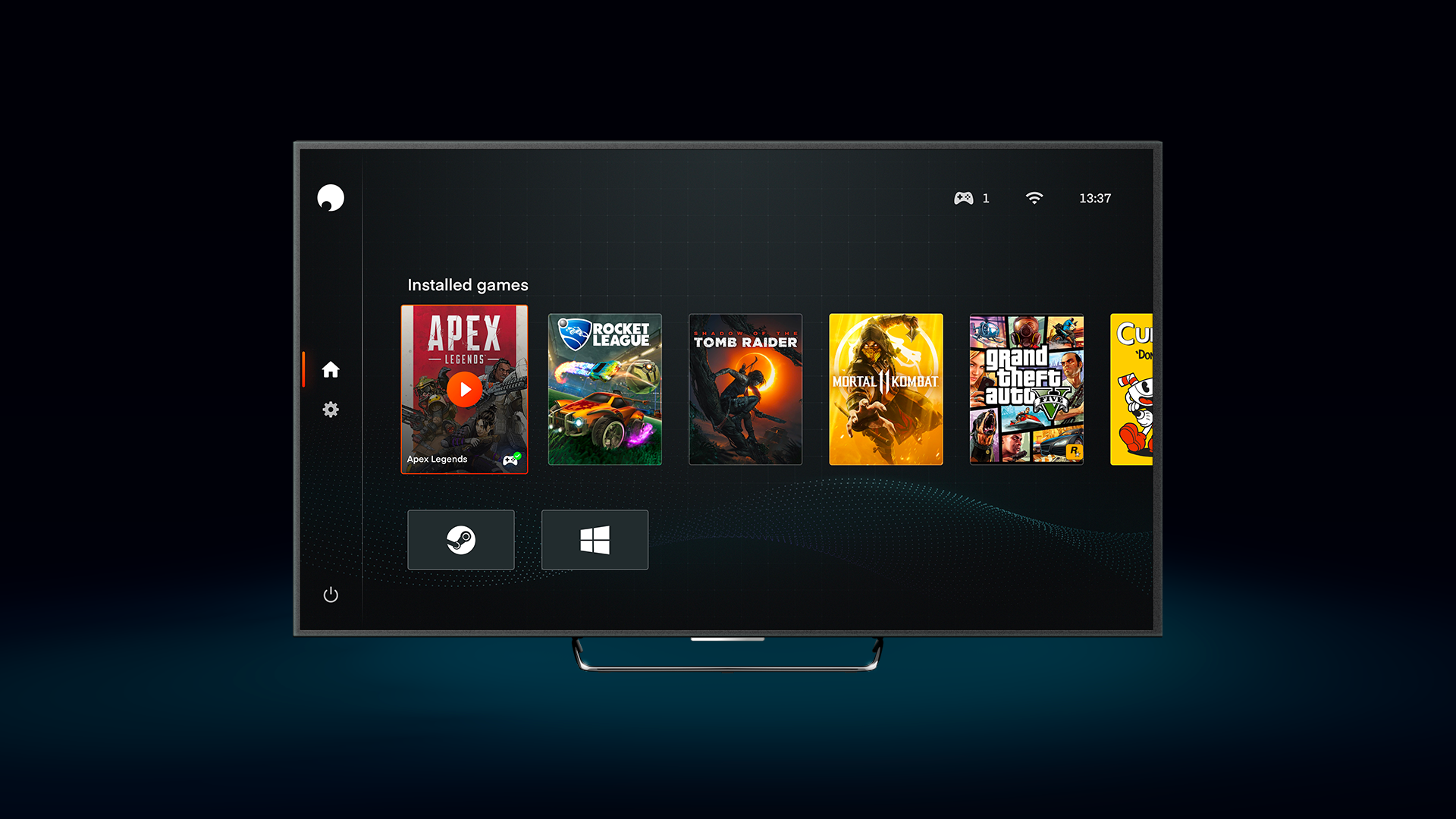Shadow’s new pricing for its cloud-gaming service in the United States means gamers can sign up for $12 per month with a yearly commitment — that’s $1 less than Shadow’s latest promotional rate of $13 per month.
If a yearly commitment is too much, you can sign up at $15 per month with a month-to-month plan. That’s a huge cut to Shadow’s previous pricing of $35 per month.
Lower rates are good news for anyone hoping to give Shadow a try. Intimidating month-to-month pricing was a big deterrent for new users who might be wary about signing up for a full year.
Shadow gets RTX, too
Shadow, which essentially offers s a Windows 10 gaming PC in the cloud, is also adding two new plans that focus on high-end gamers; Shadow Ultra and Shadow Infinite. Shadow Ultra provides access to a virtual PC with Nvidia’s GeForce RTX 2080, while Shadow Infinite serves up a GeForce RTX Titan. These plans are priced at $25 and $40, respectively.

These plans offer a key feature, RTX ray tracing, which Nvidia’s GeForce Now service had aimed to claim for itself. Nvidia’s GeForce Now is still much less expensive at $5 per month, however, and offers a free trial.
The Shadow Ultra and Infinite tiers will even receive more RAM and more storage. Here are the details.
- Shadow Boost: 4 cores @ 3.4GHz, GTX 1080, 12GB RAM, 256GB storage
- Shadow Ultra: 4 cores @ 4GHz, RTX 2080, 16GB RAM, 512GB storage
- Shadow Infinite: 6 cores @ 4GHz, Titan RTX, 32GB RAM, 1TB storage
Virtual reality, in the cloud?
New hardware means more muscle, and Shadow has plans for how to flex it. Shadow is bringing cloud gaming to a new frontier: Virtual reality.
The company is currently testing a Shadow app for virtual reality that will work with major headsets like the Oculus Quest, Oculus Rift, HTC Vive, and Valve Index. The app would work much like the current Shadow app, launching users into a virtual PC that supports virtual reality applications and games.
This is a world’s first. Shadow is rolling out a beta off the service exclusively in the United States. Availability will be limited, however, and details about the service are sketchy. A full release of the service isn’t planned until 2021.
A new app targets console gamers
The new plans are coming with a new look across all of Shadow’s apps. The reworked design “combines the power and freedom of a PC with the simplicity of a console.”
What does that mean? Shadow is making the service easier to use on devices that lack a keyboard mouse. Until now, Shadow users had to frequently use the Windows desktop to install games or change settings.
The new interface looks a lot like Steam’s Big Picture mode, or Google Stadia’s app on smartphone and Chromecast Ultra. Big, chunky icons make the interface easier to use with a controller or by touch, and games are launched directly from the app. Shadow hopes this design will lure console gamers who want a simple, intuitive interface that can quickly launch a game on any device.
The Windows desktop isn’t going away, however, so users can still use Shadow just as they would any other Windows PC. Shadow’s promotional channel for the announcements made today describes Shadow as “the first full Windows 10 gaming PC in the cloud.” That description is a mouthful, and may detract from the simplicity Shadow’s new app is supposed to embrace. However, this lets Shadow sidestep the partnership issues that have plagued the launch of GeForce Now.
Shadow expands to cover more of the United States
Shadow is also expanding its service to cover the entire continental United States, with only Alaska and Hawaii excluded. This is a major expansion for Shadow, which was previously available only in select states close to the company’s data centers.
Shadow isn’t opening new data centers. Instead, it has reduced latency to its existing four data centers, opening connectivity to new states. According to Shadow, latency should match what previous users experienced.

I tend to see 20 to 30 milliseconds of latency when playing on Shadow. That’s perfectly playable in most games, though games that rely on extremely precise timing can feel off or sluggish.
Shadow doesn’t promise that its service will hit a specific latency target. It does, however, provide a tool that displays your current latency and generates a graph of latency over time.
This expansion only applies to Shadow Boost, for now. The rollout of Shadow Ultra and Infinite will be limited to a small slice of users this summer, with wider availability planned for later in the year.
LG becomes a partner
Shadow also announced that LG Electronics is now a “strategic partner” after taking an equity stake in the company. In total, Shadow has raised more than $110 million from various investors, and LG’s investment opens up the opportunity for a planned launch in South Korea.
The partnership between Shadow and LG will also “connect Shadow services with LG’s various products.” While Shadow and LG have no specific announcements yet, the implications are easy to imagine. LG sells various devices with bundled software including televisions, smartphones, and laptops. It wouldn’t be surprising to see a Shadow application installed on some or all these devices in the future.
Shadow’s expansion will challenge Nvidia, Google
Originally launched in 2015, Shadow has remained in …well, the shadows, at least when compared to Google Stadia and Nvidia’s GeForce Now.
Today’s announcements are clearly meant to put Shadow in front of more gamers, and they’re well-timed. Stadia and GeForce Now have endured launch complications that leave each vulnerable. Shadow is still the only cloud gaming service that can play any Windows 10-compatible game, and its new pricing drops a barrier that might have kept players from checking it out.




